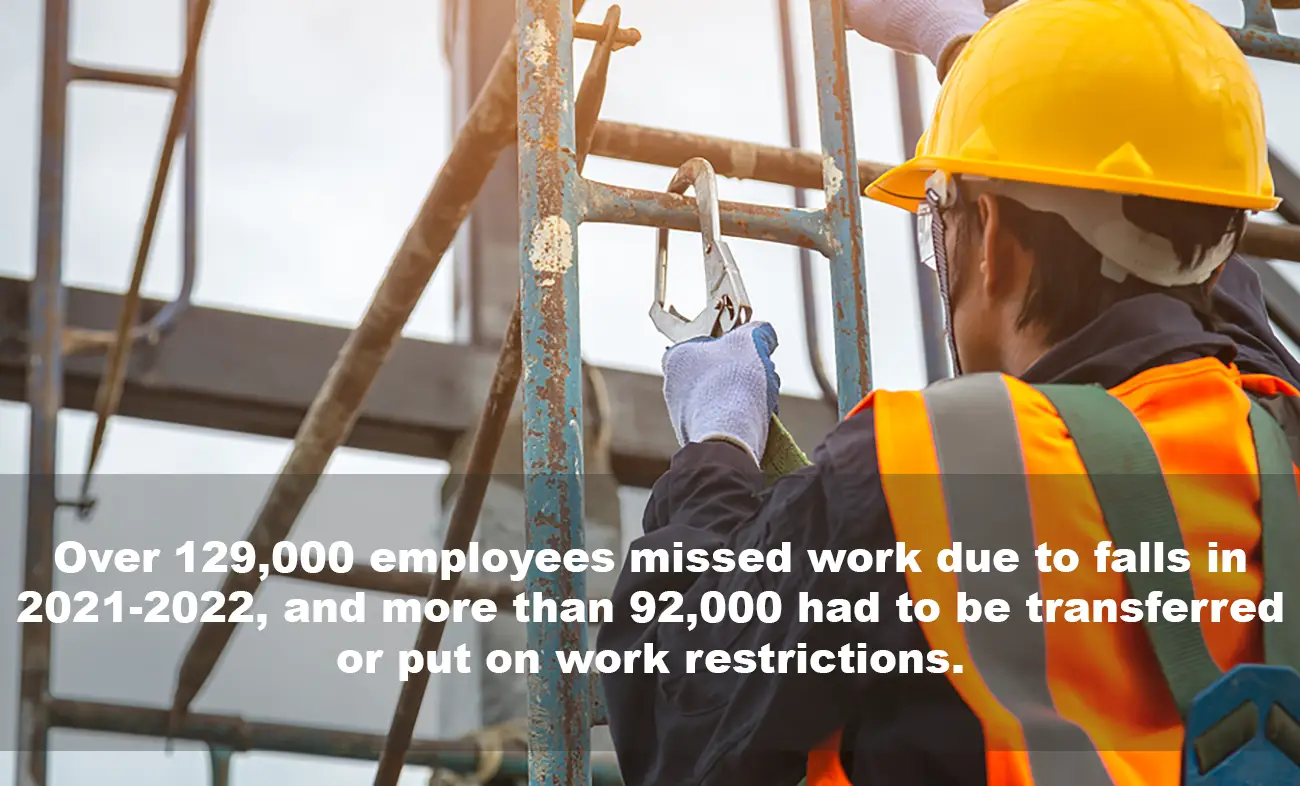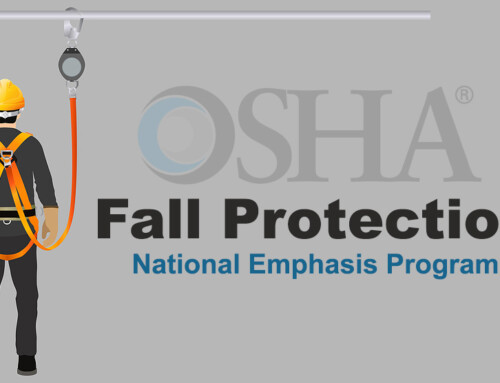OSHA Fall Protection Guidelines: The Risks of Ignoring Them
The Occupational Safety and Health Act (OSHA) was enacted in 1971, and OSHA implemented fall protection guidelines shortly after. Much has been learned about fall protection since the 1970s, and OSHA’s guidelines have evolved as a result.
With the existing regulations, OSHA states that falls are 100% preventable as long as the guidelines are followed. Even so, some organizations and individuals fail to follow the regulations, putting their companies and themselves at risk.
Review the dangers of ignoring OSHA’s guidelines and find out how to ensure you and your employees are protected while on the job.
Falls Are Dangerous and Often Deadly
Seven hundred workers died from injuries caused by falls to a lower level in 2022, making it the third leading cause of death on the job. Falls to a lower level are also a main contributor to missed days at work. Over 129,000 employees missed work due to falls in 2021-2022, and more than 92,000 had to be transferred or put on work restrictions because of their injuries.
Organizations and individuals can greatly reduce the risk of death and injury by following the OSHA fall protection guidelines. These guidelines teach employees and business owners how to identify and mitigate fall risks so everyone stays safe on job sites.
Falls Cost Companies Money
The safety of employees is of the utmost importance. Still, companies can’t ignore the financial cost of ignoring the OSHA fall protection guidelines. Due to the extent of the injuries, workers’ compensation claims for falls are often costly, which can lead to increased insurance premiums.
According to OSHA, the average claim for a fall from elevation is $106,000 for roofers and $97,000 for carpenters. When falls are from ladders or scaffolds, the average claim amount is over $60,000 for roofers and carpenters. The average claim is under $50,000 for workers in other industries, but this is still a costly workplace accident.
If employees continue making claims due to falls, the carrier might stop raising rates and drop the company altogether. Then, the company will be forced to find a carrier that insures high-risk companies.
Violators Risk Severe Penalties
Fall protection (general requirements) was OSHA’s most cited safety violation in 2023. OSHA cited 7,188 businesses, and these violations aren’t cheap. OSHA can fine companies $16,131 for serious violations and $161,323 for willful or repeated violations. Once cited, companies must fix the safety violation or risk incurring an additional fine of $16,131 per day.
Most companies and individuals don’t have tens of thousands of dollars sitting around to pay for violations. Fortunately, you can avoid paying these penalties by adhering to OSHA’s fall protection guidelines.
Employees Have the Right to Refuse Work
Employees expect companies to implement OSHA fall protection guidelines and can refuse to work if they feel their safety is at risk. First, they must bring the safety issue to their employer’s attention, and they can also file a claim with OSHA. If the employer fails to remedy the situation, the employee can refuse to work until OSHA inspects the worksite and the hazards are eliminated.
As long as there is a significant safety risk, OSHA will protect the employee from workplace retaliation. This is true even if the employee refuses to work for weeks and months until the safety violation is addressed.
Employees refusing to work creates a wealth of problems for employers. Work will likely grind to a halt if employees refuse to work, and the employer might have trouble attracting new employees. The reputation damage alone is hard to overcome, and finishing projects late adds to that damage.
Of course, the damage would be even worse if the employee chose to work and was injured due to the unaddressed fall risk. Both situations are remedied by following the safety guidelines to the letter.
Protect Yourself With OSHA Fall Protection Guidelines Training
OSHA fall protection training that clearly covers the guidelines is the key to protecting yourself, your employees, and your company. You can complete the online training yourself or sign up multiple employees. If you’re training multiple employees, you can track their progress online to ensure everyone is compliant and ready to work.
You’ll receive a certificate of completion at the end of training to show OSHA that you understand its standards. Once you have the certificate, you’ll also have the knowledge and experience to identify and remedy safety hazards before someone gets injured.




